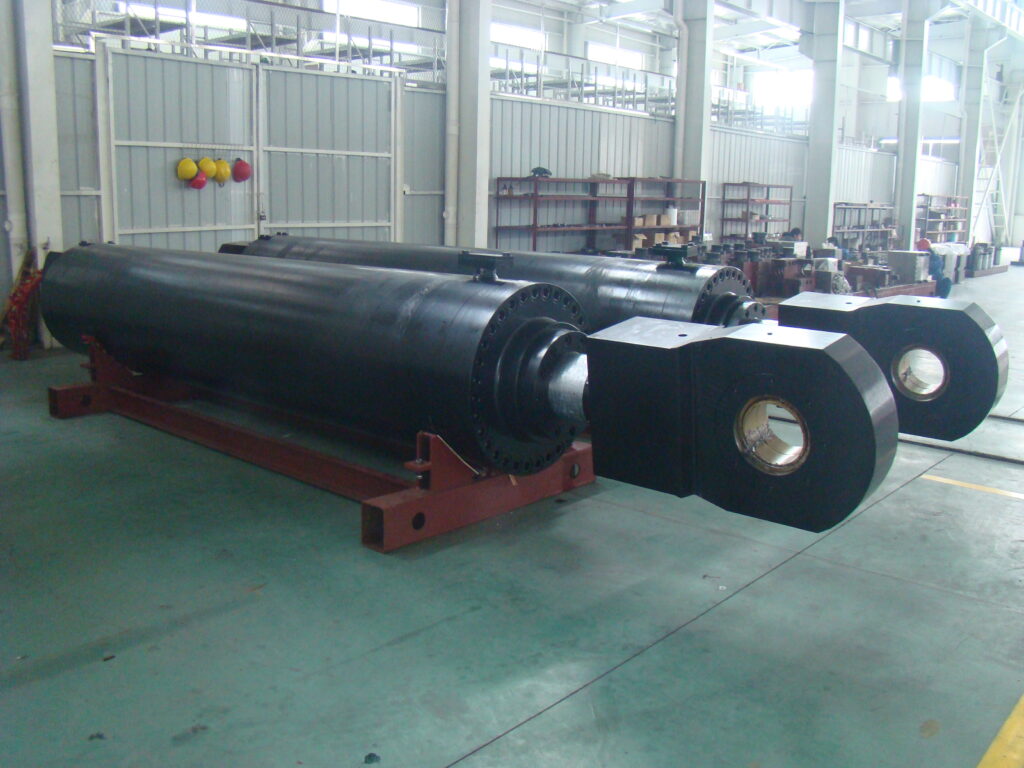How to Choose the Right Hydraulic Cylinder Size: A Complete Guide
Choosing the right hydraulic cylinder size is critical to ensuring the efficiency, safety, and longevity of your hydraulic system. Whether you’re designing new equipment or replacing an existing cylinder, proper sizing affects overall performance and cost. In this guide, we’ll walk you through the key factors to consider when selecting the right hydraulic cylinder size for your application.

1. Understand the Application Requirements
Before selecting a hydraulic cylinder, clearly define your application needs. Ask yourself:
What is the required force or load to be moved?
What is the stroke length?
What is the available mounting space?
What is the operating pressure of the system?
2. Calculate the Required Force
Use this formula to calculate the force:
Force (F) = Pressure (P) × Area (A)
Where:
Pressure is in bar or psi
Area is the surface area of the piston (π × radius²)
Ensure that the cylinder’s bore size can generate enough force at your operating pressure.
3. Determine Stroke Length
The stroke length is the distance the piston rod must travel. It depends on the machine’s movement range. Always allow a small margin to avoid mechanical interference at full extension or retraction.
4. Choose the Correct Bore and Rod Diameter
Bore size affects the force output.
Rod diameter must withstand the load without bending or buckling, especially in long-stroke or horizontally mounted applications.
Undersized rods can lead to cylinder failure, while oversized rods may increase cost and weight unnecessarily.
5. Consider Mounting Style
Hydraulic cylinders come in different mounting styles: flange, trunnion, clevis, or foot-mounted. The mounting affects how the force is applied and how the cylinder handles side loads. Always choose a mounting type that suits your application and space constraints.
6. Select the Right Material and Seal Type
Material choice impacts corrosion resistance and durability. For example:
Stainless steel for marine or food-grade environments
Carbon steel for standard industrial applications
Seal selection should match the operating temperature, pressure, and fluid compatibility.
7. Factor in Speed and Cushioning Needs
Fast-moving applications may require adjustable cushions or shock absorbers to reduce impact forces. Make sure the hydraulic flow and port sizes support the desired speed.
Choosing the correct hydraulic cylinder size ensures optimal performance, safety, and cost-effectiveness. Always consult with experienced manufacturers or engineers to validate your design. At JW HYDRAULICS, we offer customized hydraulic cylinders with expert support to meet your specific application needs.
Contact us today to find the perfect hydraulic solution for your equipment.
